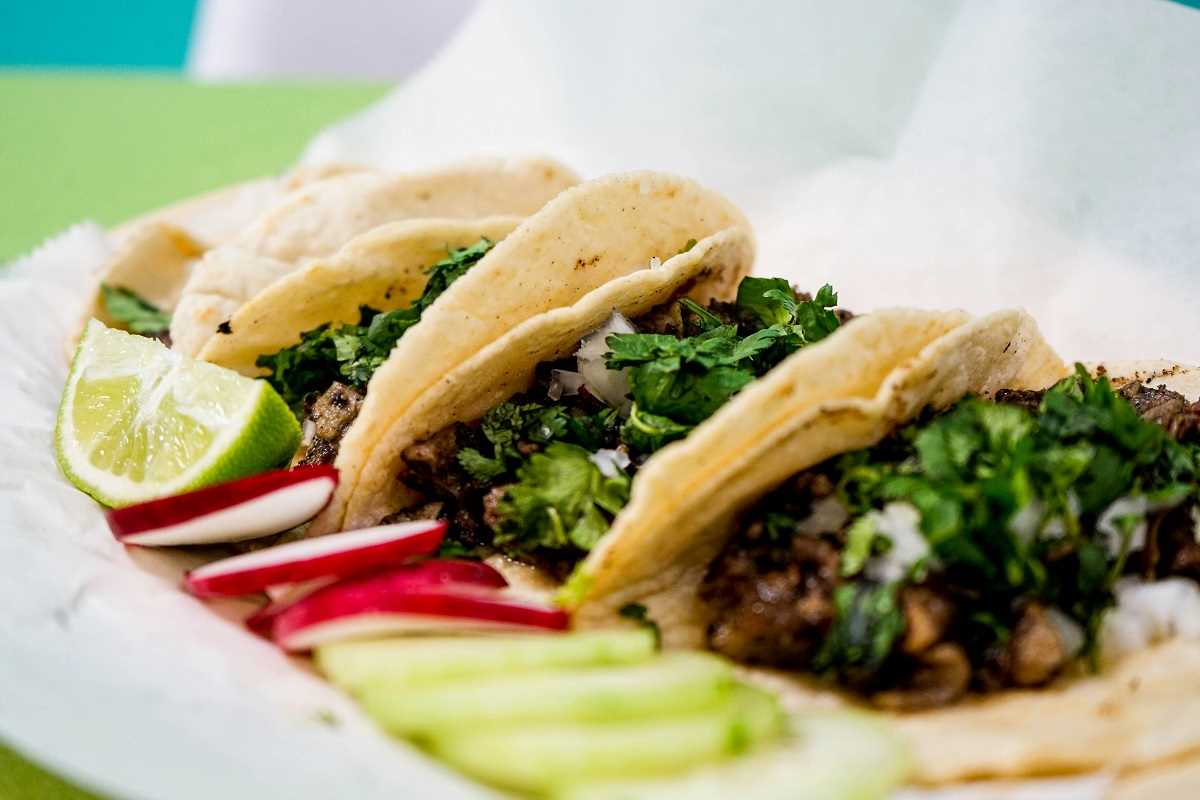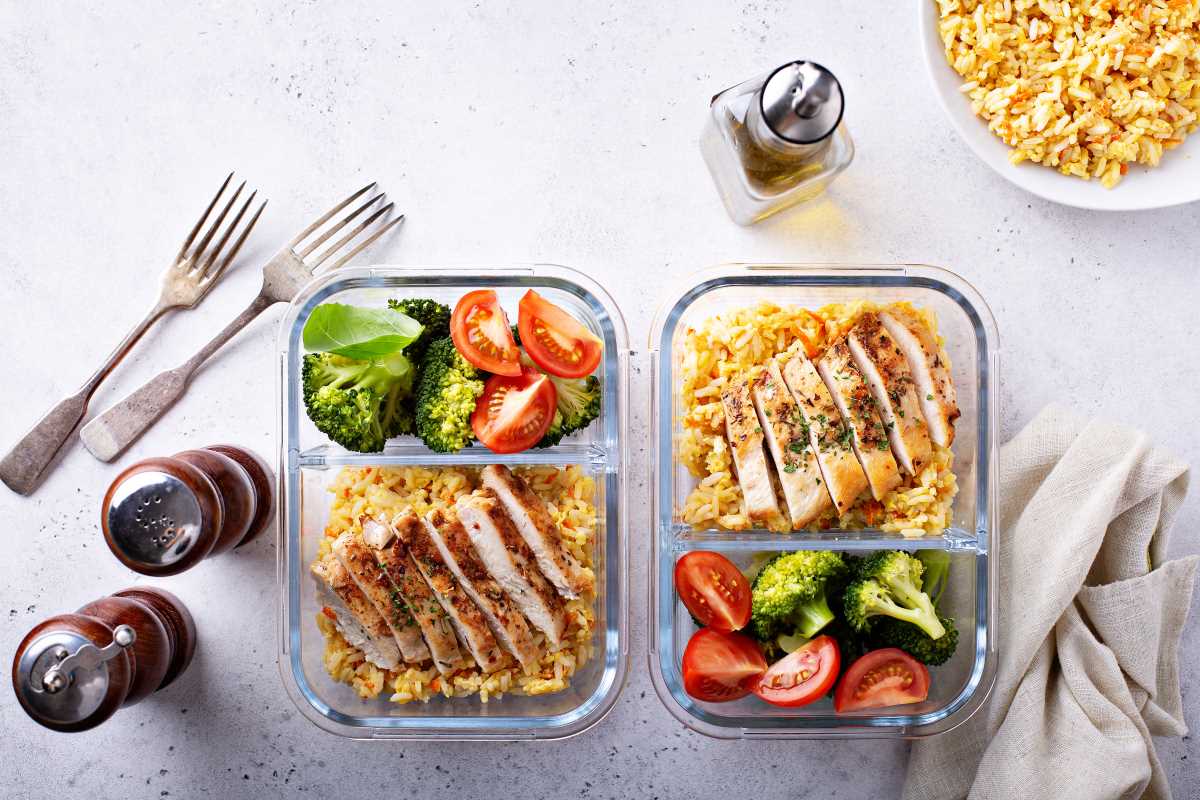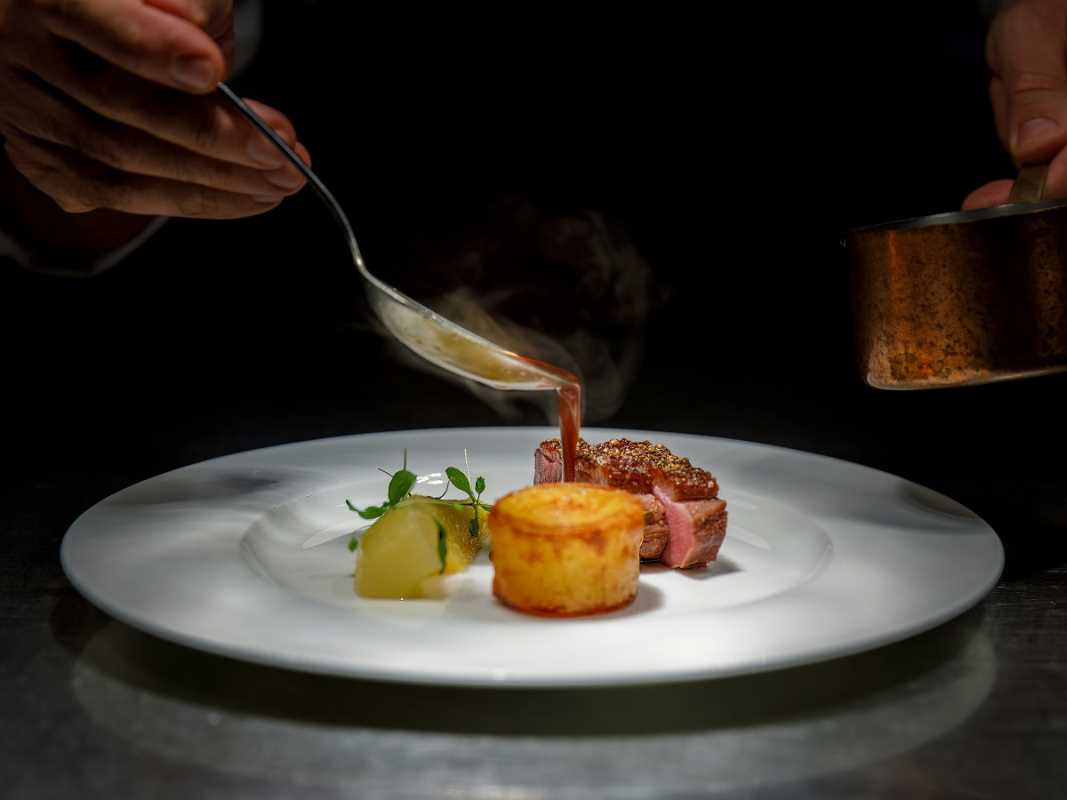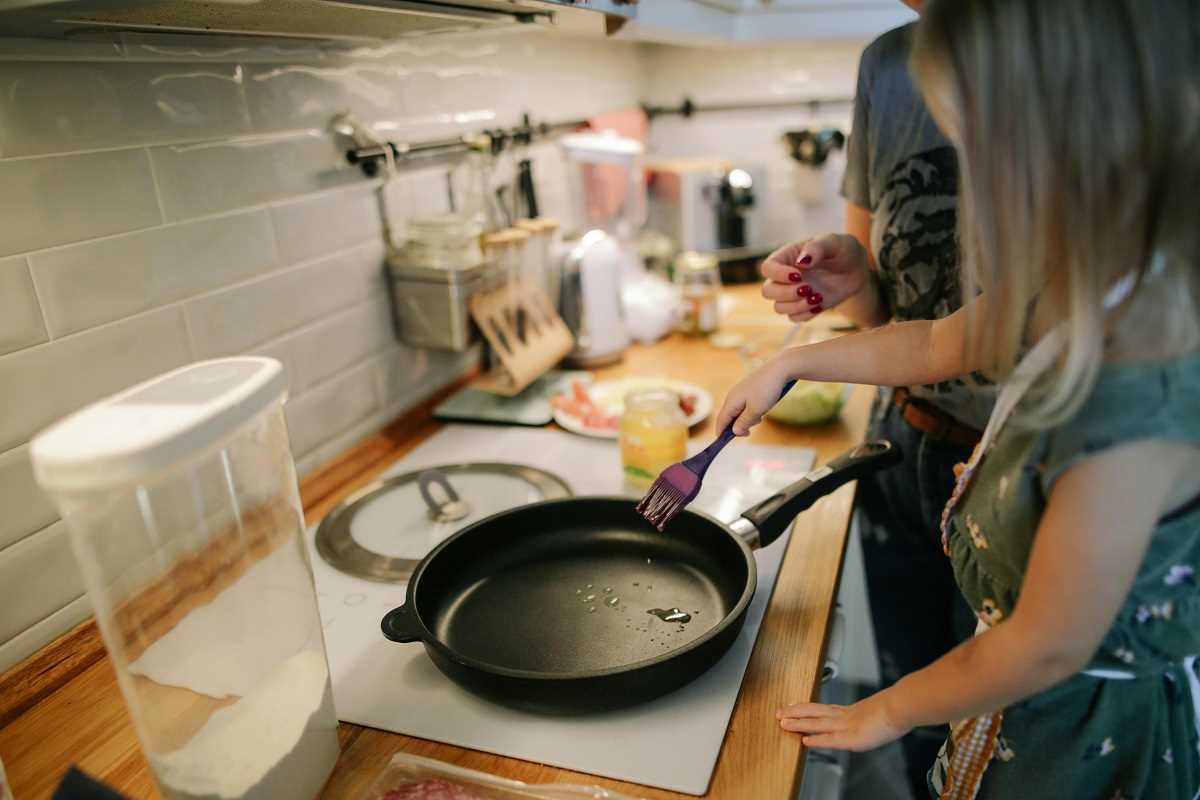Launching a food business from your home kitchen often means balancing the demands of daily life with the excitement of sharing your favorite recipes. Many home cooks face questions about how to make their creations memorable and build a loyal group of customers, all while managing the busy routine of everyday responsibilities. This guide offers straightforward, practical steps that simplify the process, making it easier to organize tasks and set priorities. With easy-to-follow instructions, you can put your energy into creating delicious dishes and building meaningful connections with those who appreciate your cooking.
Every choice, from selecting your signature dish to packaging orders, shapes your service’s reputation. Hands-on tips will help you refine your meals, manage costs, and build a loyal following without burning out.
Understanding Your Ethnic Cuisine Niche
To attract attention, narrow your focus to a specific cuisine or style. That might mean specializing in a regional twist on dumplings or offering a modern take on classic stews. A tight niche helps you perfect your flavor profile and speak directly to hungry customers.
- Review family or community recipes that resonate emotionally.
- Test several dishes with friends or neighbors and gather honest feedback.
- Analyze local competition to spot market gaps—maybe no one offers fusion street food in your area.
Once you choose your niche, document each recipe’s ingredients, flavors, and cooking techniques. Consistency builds trust and keeps customers coming back for that unmistakable taste.
Develop a Business Plan and Budget
Write down your vision on paper. A simple business plan outlines your mission, target customers, pricing model, and growth milestones. This document doesn’t need fancy jargon; it just needs clear goals and financial checkpoints.
Track startup costs like kitchen equipment, packaging supplies, licensing fees, and marketing expenses. Estimate monthly overhead and set a pricing structure that covers costs plus a profit margin. Revisit the budget every quarter to stay on track.
Set Up Your Home Kitchen for Success
Design a workspace that flows smoothly from prep to plating. Dedicate specific zones for chopping, cooking, and packaging. Keep essential tools—sharp knives, digital scales, quality pans—within arm’s reach to speed up meal prep.
Invest in storage containers that seal tightly and stack neatly. Label each item and rotate stock based on use-by dates. Clean as you work to maintain hygiene standards and avoid cross-contamination, especially when handling potent spices or allergens.
Pricing, Packaging, and Delivery
Setting the right price shows customers you value your work and keeps your venture sustainable. Think about ingredient costs, prep time, and local market rates before settling on a per-portion fee.
- Calculate total cost per dish, including packaging.
- Research delivery fees if you rely on couriers or rideshare apps.
- Bundle meals or offer subscription plans for consistent income.
Choose eco-friendly containers that keep food fresh and look professional. Label each package with your logo, reheating instructions, and contact details. On delivery day, pack orders last minute to preserve quality.
Operational Best Practices
Implement a simple order-tracking system, whether it’s a spreadsheet or an app. Record customer preferences and any feedback to improve your recipes over time. A clear schedule helps you balance cooking, marketing, and family commitments.
Set aside one day each week for inventory checks and deep cleaning. Block off “creative time” on your calendar to experiment with new dishes. Consistent routines reduce stress and help you maintain a high standard across every order.
Focusing on your niche and planning carefully will help you create a successful kitchen space. These steps build a solid foundation for ongoing growth and enjoyment of your cooking passion.
 (Image via
(Image via





